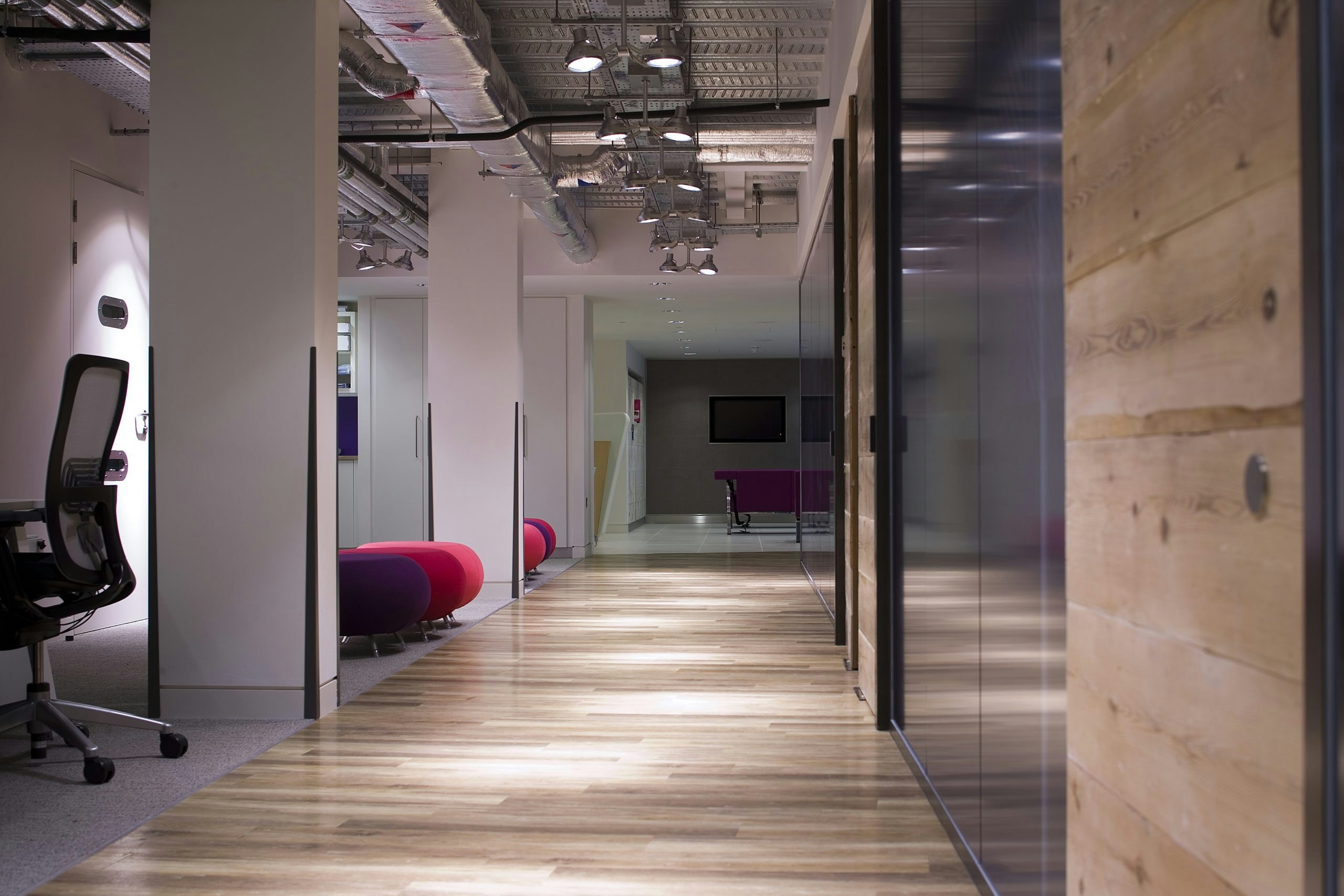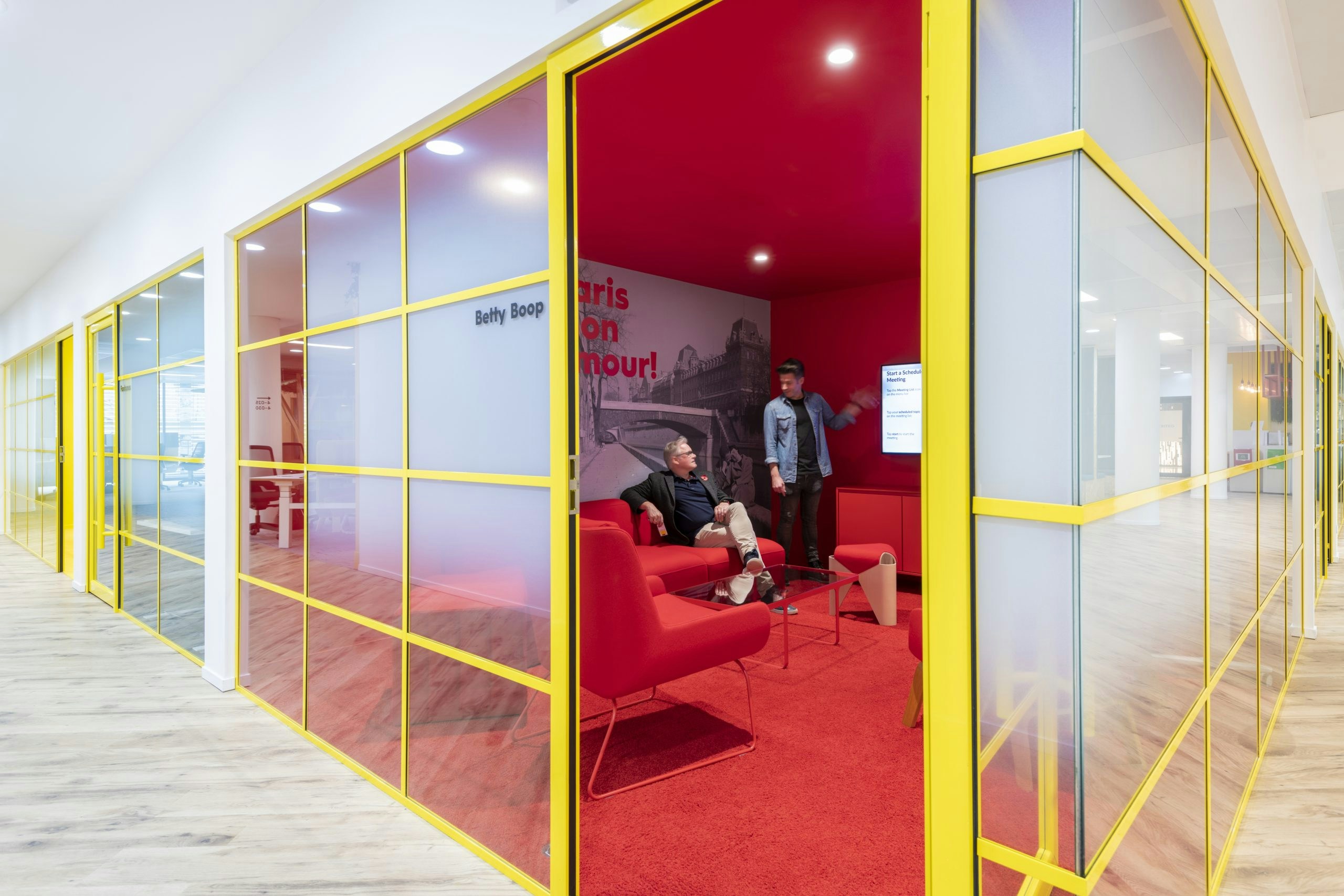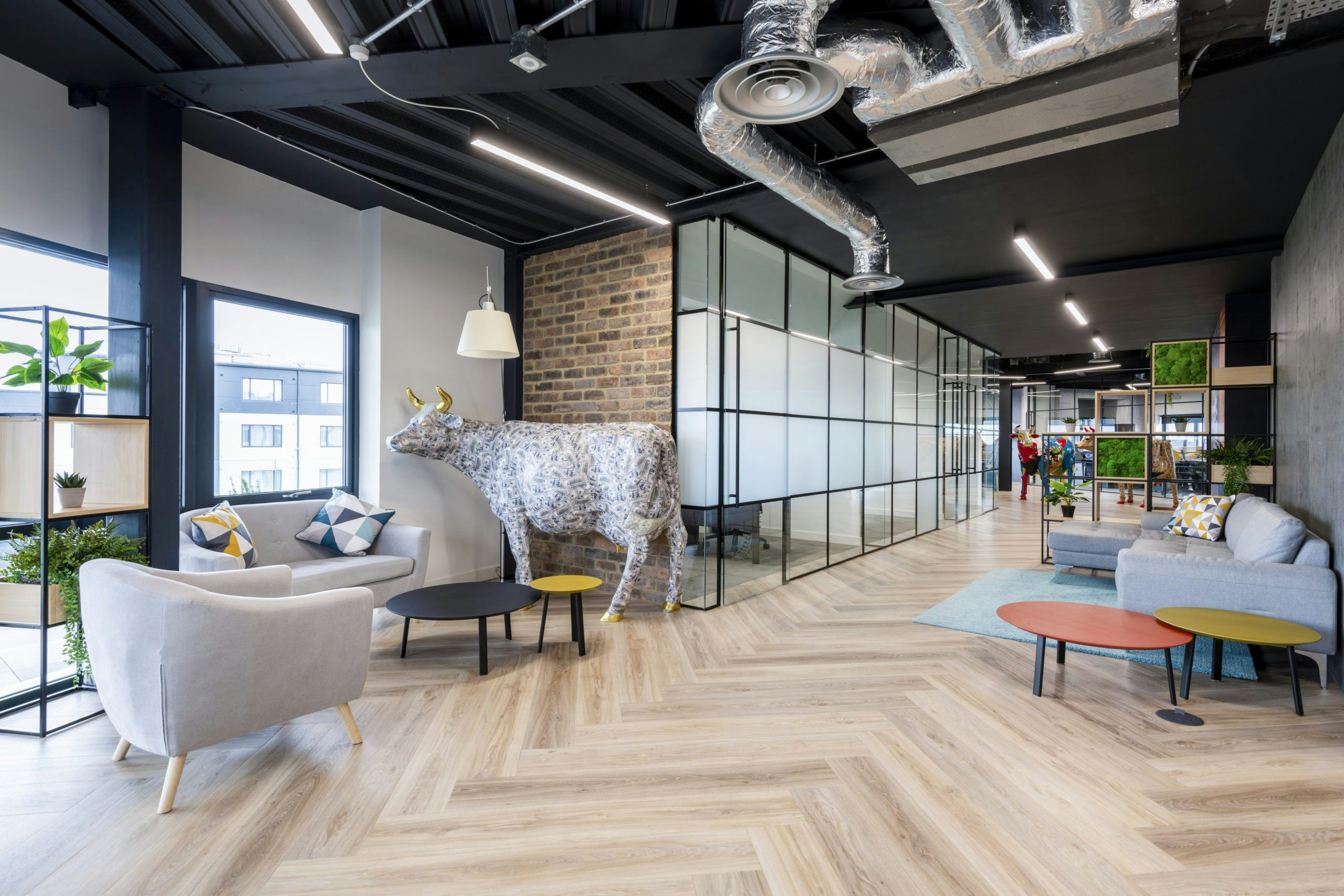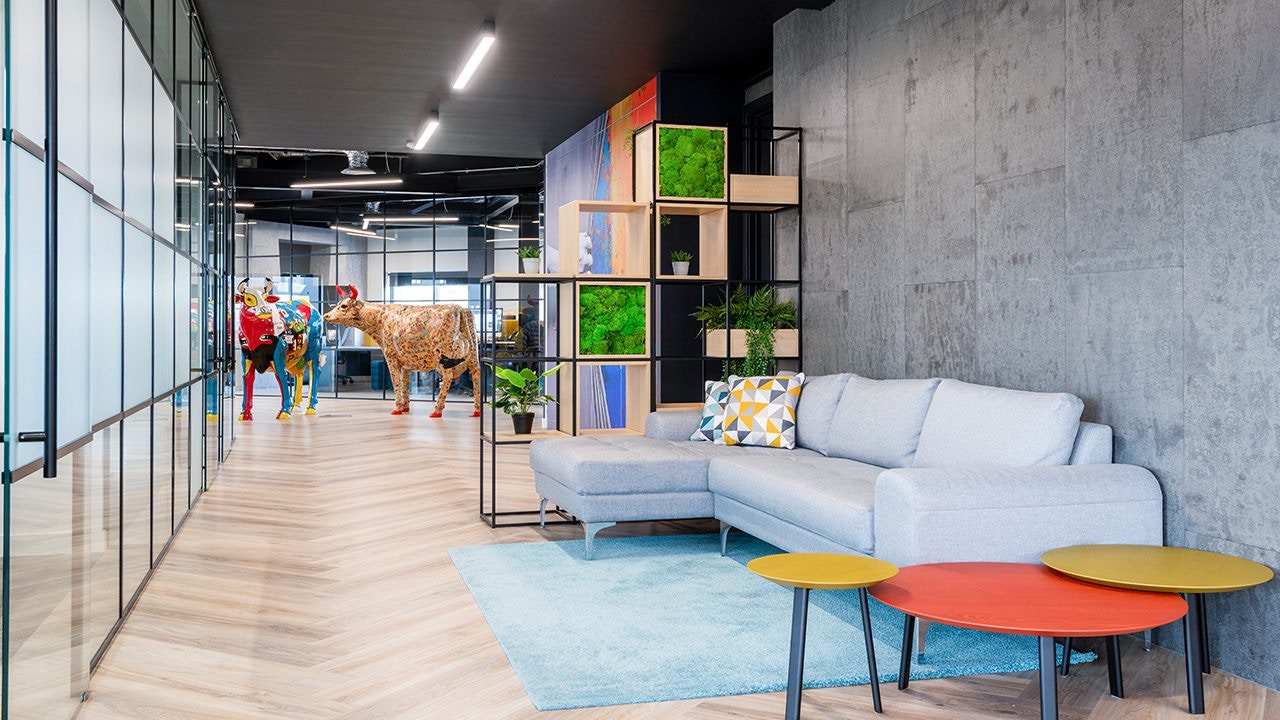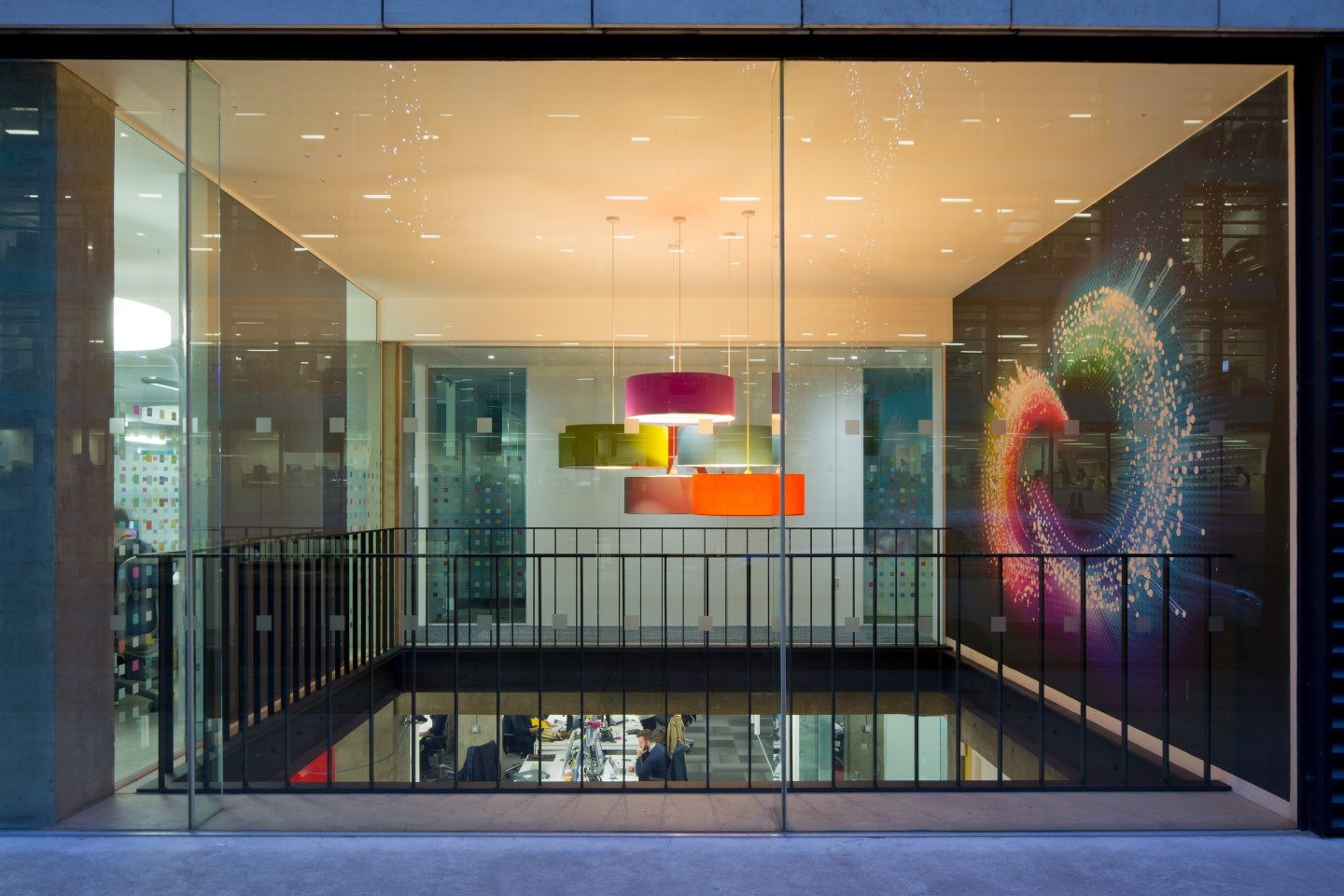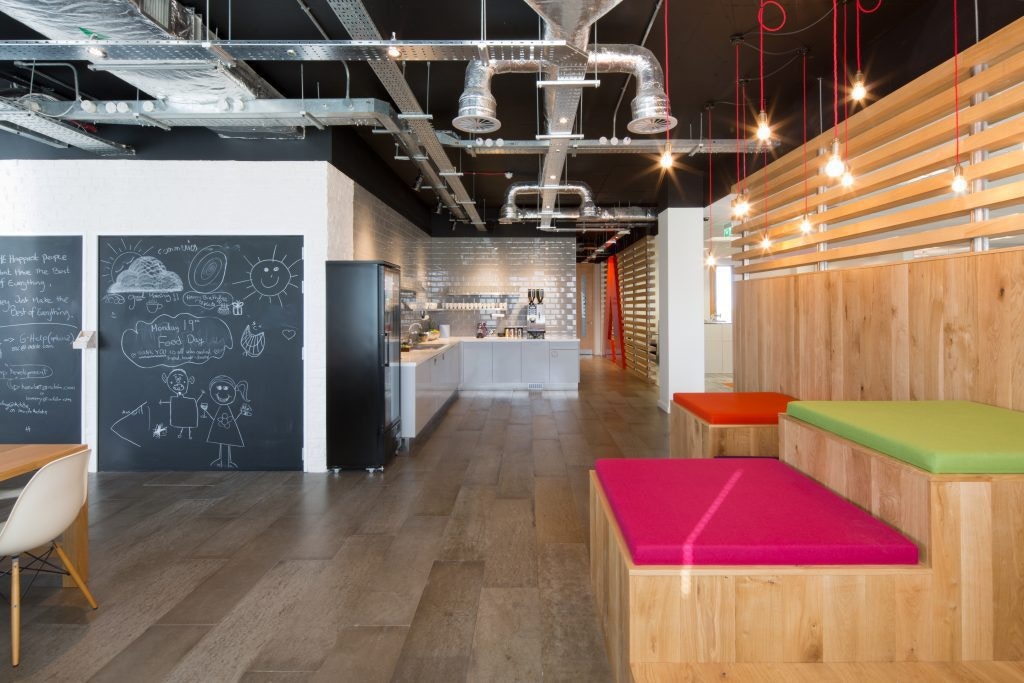Creating vibrant and playful offices is a tactic often employed by the likes of Google to recruit and retain talent and there’s no doubt that Google manages to maintain this consistency through other strands of its workplace strategy.
But many companies make the mistake of just following the Google approach blindly and creating a space that not only might not work for their employees but can also give the wrong impression to their customers. There’s no point filling your boardroom walls with wall art if this doesn’t say anything about or to your staff and company culture.
